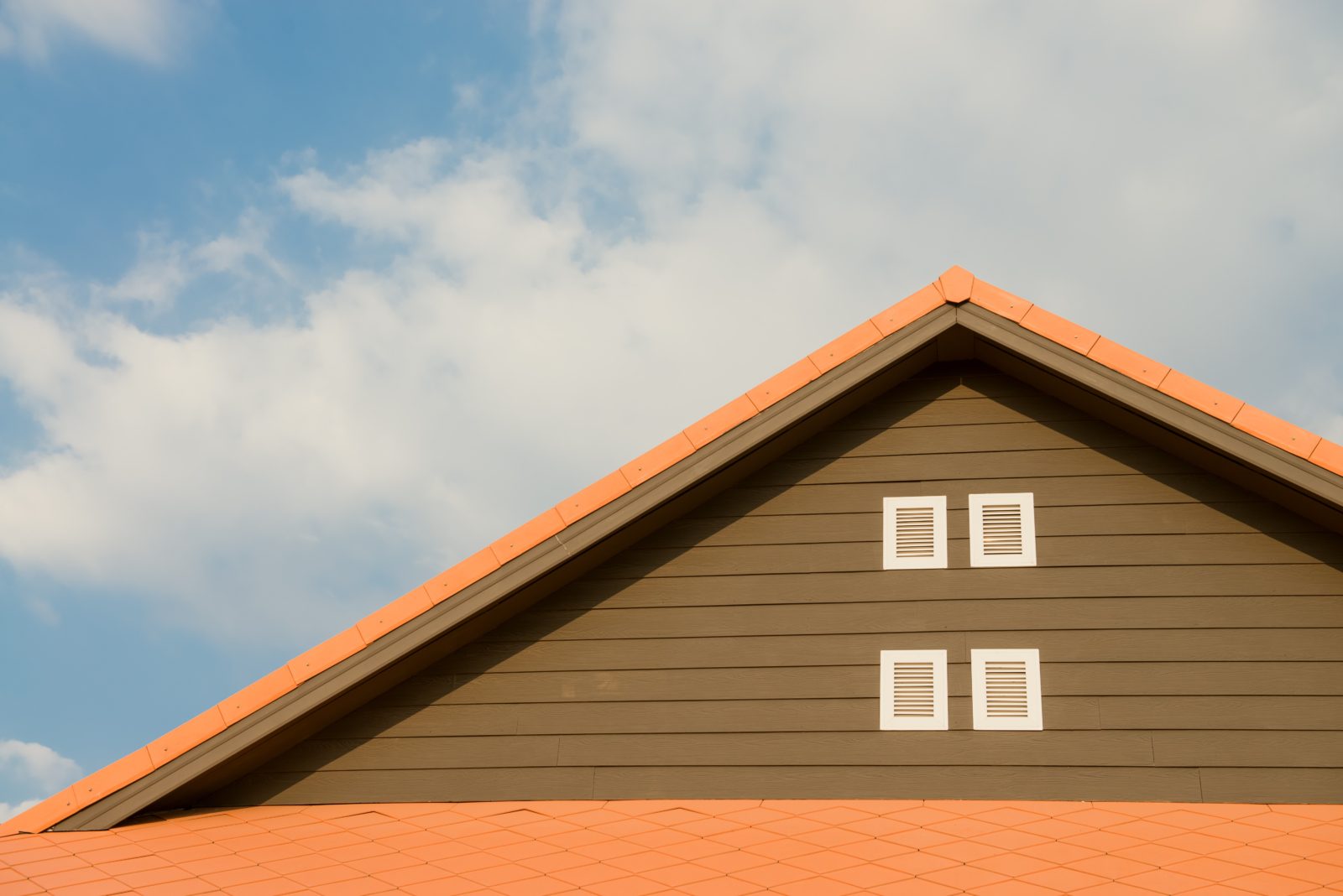In today’s world, energy efficiency is more important than ever. One of the easiest ways to save energy is by insulating the roof and walls of your home or building. Not only does this help you save on energy bills, but it also contributes to a more sustainable future.
According to calculations, heating bills for an insulated house are half that of uninsulated homes. Therefore, the basis of all energy savings is the roof, walls, and window replacement insulation. The return on investment for insulation using state subsidies is only around five years or less.
Regarding insulation materials, mineral wool, and polystyrene are most commonly used for wall and roof insulation. For roofs, sprayed foam or blown-in insulation is also used. It is essential to choose the suitable insulation material that suits your needs. For example, sprayed foam insulation in an older family house, such as a cottage, based on mounting foam is highly debatable. Some homeowners also replace polystyrene with mineral wool during renovations. The chosen option is always a matter of the “price-performance” ratio and the work’s quality. Above all, it depends on the property type and how it is used.
The thermal losses for just the roof are reduced by twenty percent, and insulating a regular roof should cost around one hundred thousand crowns. The coefficient of heat transfer is an important parameter. It expresses the properties of glazing and frame. The standard allows a value of 1.7 W/m2. K.
High-quality windows used in passive houses have Uw up to 0.8 W/m2. K. Under the New Green Savings Light program, up to 18,000 crowns can be used for one entrance door and 12,000 crowns for one window. “A total of subsidies can be used to purchase one entrance door and up to eleven windows,” Roman Kubálek from Vekra clarified.






